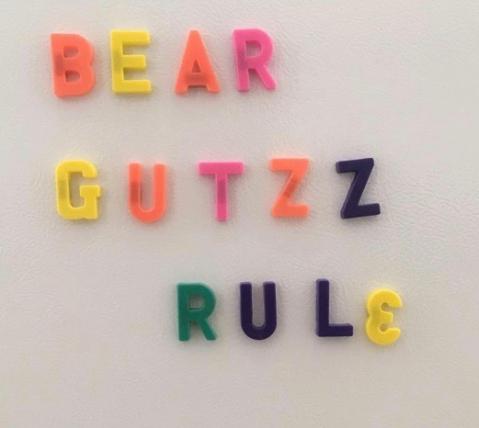Over Winter Quarter 2018, anthropology faculty member Sven Haakanson, offered his ARCHY 345: Global Ethnoarchaeology course for the fourth time, and his largest class to date.
Almost 40 students enrolled, mainly junior and senior anthropology students. The class is not restricted to archaeology majors, so students across the department can enroll.
The course is framed around an awareness that material culture plays an important role in the understanding of archaeology. The main assignment of the course tasks students with making an object from anywhere in the world, starting with the raw materials and ultimately creating a finished project/product. Students then tie their object into the culture they are writing about. This full experience, from start to finish “gets students to fully appreciate and understand how material culture influences what they find in the archaeological record,” Haakanson notes.
As a young man, Haakanson spent time living and working with reindeer herders, watching them create sleds they use and live with every day, and his experience provides the inspiration for the class. Creating an object, such as a sled, Haakanson points out, is something that would never be “seen” in the archaeological record. The class allows students to further understand the details of the archaeological record, such as the chemical composition of artifacts, and why a certain type of wood might be used in an area, over other types. The experience of artifact creation Haakanson emphasizes, is connected to “having students ask more questions.”
Haakanson described two of his students’ projects. In one class, a student created a Roman short sword spear. The student made contact with a metalsmith in the area and forged his own sword at the metalsmith’s workshop. Another student made a Roman shield called a “Scutum.” Using information from a single shield found from the archaeological record, the student reverse engineered his own shield by laminating bent sheets of wood over a drum. The student carefully followed the techniques of the Roman craftsmen by layering the wood in different grain directions to add strength to the shield and to keep it light. Such attention to detail is an important part of the assignment. Students are challenged to apply manufacturing principles that were contemporary to the artifact/product that is being recreated. This was also applied to the project that gave the class it’s nickname: the bear guts class.
One of the materials that Haakanson’s class recreated was a gutskin jacket made from bear intestines. The assignment was to have students scrape the gut walls to clear the intestines for sowing. For his third gut scraping, Haakanson flew the intestines from Kodiak Island, Alaska. Forty-five student participated in the process, with 10 extra students from other classes showing up to help. “Word got around we were scraping bear guts in the lab; folks told some other folks and more people showed up,” Haakanson said, also pointing out that “of the 45 students, not one scraped a hole in the intestine.”
The process is as glamorous as it sounds. “It’s not exactly a great smell or something to deal with, but the students at the end of the class, they appreciate the process,” Haakanson indicated. This scraping was one third of the amount of raw material needed for one jacket, since a good skin sower would need at least two bears, three typically.
Emphasizing again that the goal of the class and the assignments was to expose the students to as much as possible, Haakanson encouraged students to carve and make bentwood bowls, create needle case holders, carve baskets and little paddles, as well as make moccasins, ivory combs, and even a full size English longbow that could shoot an arrow 50 yards. Along with the hands-on activities, students wrote weekly papers and a final report on whatever object they selected to make.
One story Haakanson shared involved intergenerational collaboration. One of the students wanted to create a tortilla press and used her grandmother’s as a model. The student asked her father to help her with her project and it was “the first time the student had her family help her with anything related to college. The project helped her connect with the value of her heritage and connect with her family.”
Interested students (and alums) will have the opportunity to participate in a scraping next year, when the class is offered again in Winter 2019.

Students hold the bear intestine after scraping in front of the Burke museum. Photo courtesy of Sven Haakanson
